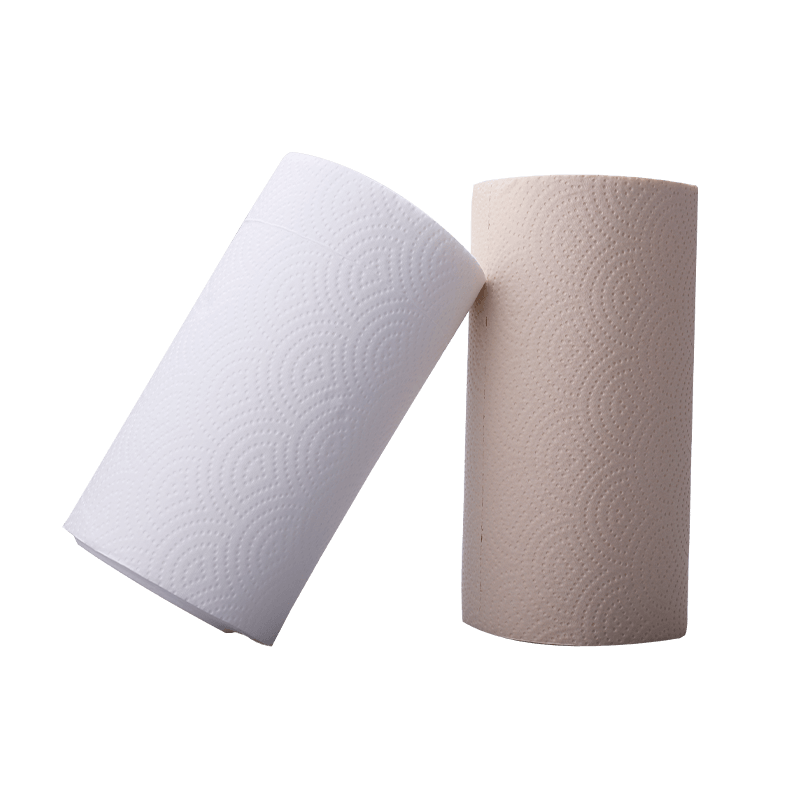Absorbency Innovations in Bamboo Kitchen Towels
As environmental consciousness is growing, bamboo kitchen towels have emerged as a sustainable and efficient alternative to traditional kitchen paper towels. While their environmental-friendly qualities are well-known, recent innovations regarding absorbency technologies are pushing bamboo kitchen towels to the forefront to improve performance and sustainability.
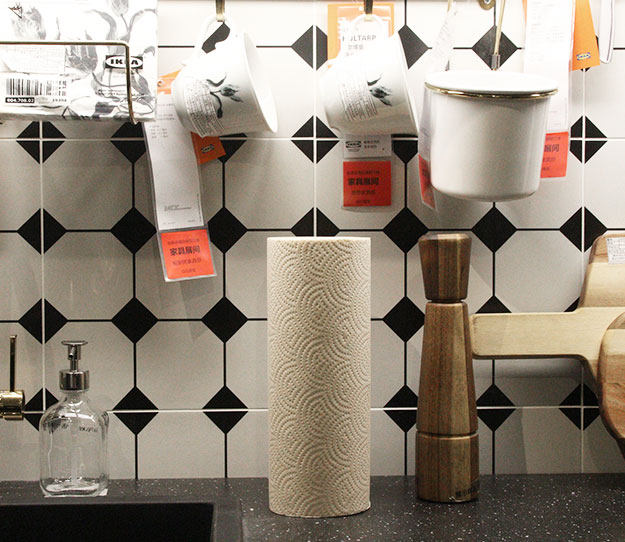
Why Absorbency is Important for Kitchen Paper Towels
1. Essential for Quick Spill Cleanup
Kitchens are areas of high traffic where spills are frequent, whether it’s oil, water or sauce. High-absorbency towels enable swift response to these spills and prevent spills of fluids as well as reduce the risk of spills or contamination. A towel that is more absorbent will be able to handle spills with fewer swipes, which means cleaner and faster outcomes.
2. Reduces Towel Usage and Waste
If paper towels absorb more in a sheet, less sheets are required to finish a task. This saves money but also reduces the use of paper and waste production. In both businesses and homes that are striving to be more sustainable high absorbency can contribute to less environmental impact, without compromising the cleanliness.
3. Improves Kitchen Hygiene
A towel that isn’t designed with proper absorbency can cause liquids to splash across the surface instead of effectively removing them. This could leave behind a puddle of food or other residues in kitchen areas, which increases the chance of cross-contamination. High-absorbency kitchen towels absorb and hold water and other the contaminant, resulting in a healthier and more hygiene-friendly kitchen.
4. Enhances Versatility
The highly absorbent kitchen paper towels can be used to complete a range of jobs beyond wiping up spills. They are great for cleaning up excess oil from food items and drying the produce that has been washed, or even absorb the moisture of fish or meat. The more effective a towel is in absorbing liquids, the more adaptable it can be to be used in daily kitchen tasks.
5. Increases Cost Efficiency
Although paper towels with greater absorbency might have a higher cost upfront, their performance generally justifies the cost. Since less sheets are required for each task, and re-wiping time is less frequent, the overall utilization rate is reduced. This means that high-absorbency towels can be a more cost-effective choice over time, particularly in kitchens that see a lot of daily usage.
6. Supports Emergency Use Scenarios
In emergency situations, like the containment of broken glass and spilled liquids or cleaning up hot grease, a towel which can quickly absorb liquids is crucial. Insufficiently absorbent towels can cause problems in the situation, but an absorbent and strong kitchen paper towel will make cleanup easier and easier.
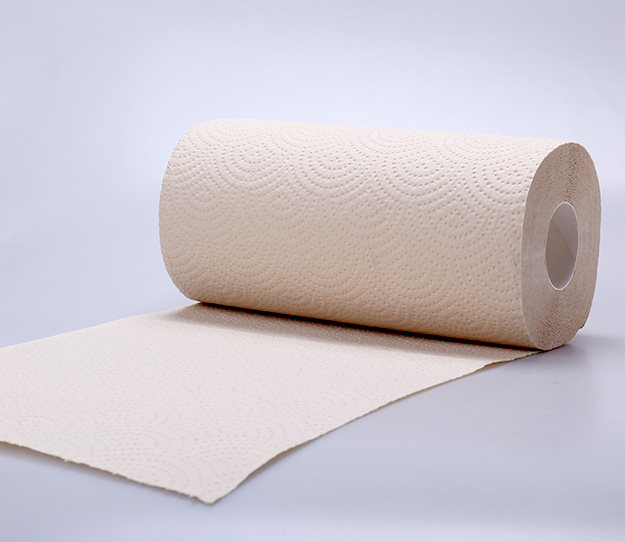
Why Choose Bamboo Fibers for Absorbency in Kitchen Paper Towel
| Reason | Explanation |
| Superior Natural Absorbency | Bamboo fibers possess a porous structure which lets them take in more water than pulp wood. |
| Fast Liquid Uptake | Bamboo’s capillary action allows rapid absorption, which is ideal for fast kitchen cleaning. |
| Stronger When Wet | In contrast to traditional newspaper, bamboo’s fibers retain the strength of bamboo even when they are they become saturated. |
| Sustainable Alternative | Bamboo is growing quickly, without the requirement for pesticides, which makes it a green plant. |
| Soft and Gentle Texture | Absorbs effectively without scrubbing hands or surfaces. |
| Reduced Sheet Usage | More absorbency per sheet indicates less towels are needed for each task, thus reducing the amount of waste. |
| Biodegradable and Compostable | Bamboo paper towels are broken down naturally, which reduces environmental impacts. |
| Naturally Antibacterial Properties | Bamboo can ward off the growth of bacteria, providing an extra layer of cleanliness in kitchens. |
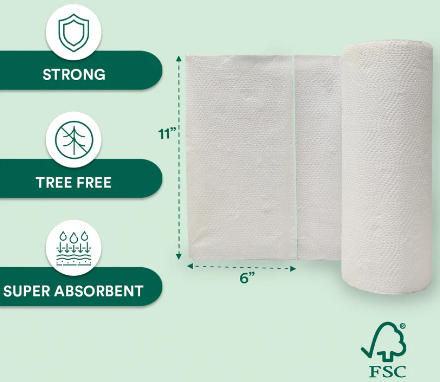
Recent Innovations Enhancing Absorbency in Bamboo Kitchen Towels
Recent advancements in materials science and textile engineering are significantly enhancing absorbency of bamboo fibers. These innovations are reshaping the expectations of consumers and positioning bamboo kitchen towels as eco-friendly and highly efficient kitchen tools.
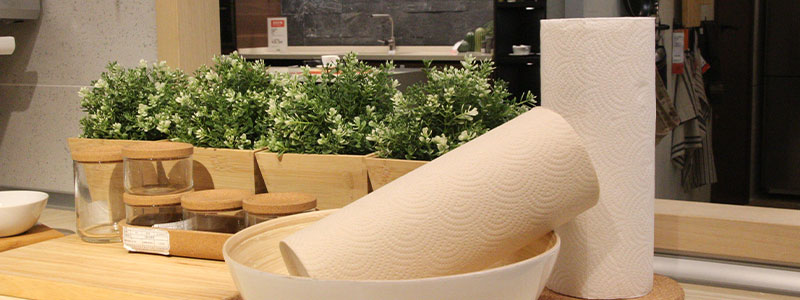
1. Advanced Fiber Treatment
The most noteworthy advancements in improving absorbency is in the non-chemical treatment for bamboo fibers. The manufacturers are making use of enzyme-based processes to eliminate impurities and improve porosity of the fiber. This does not just preserve the integrity of the fabric but also increases its ability to absorb water. This results in a towel which absorbs more quickly and holds more liquids without getting too saturated.
2. Cross-Layer Weaving Structures
Traditional flat weaving techniques are being replaced with looped and cross-layered weave patterns that increase the effectiveness of surface area. These weave techniques join bamboo fibers into multidirectional patterns, which allows to capture more liquids with greater efficiency. These patterns also encourage an even distribution of moisture throughout the towel, decreasing the possibility of drips and allowing for greater cleaner and more effective cleaning coverage.
3. Hybrid Material Blending
To enhance the performance of the product, bamboo-based kitchen towel are blended with other sustainable fibers like organic microfibers made from plant material or cotton. These blends maintain their softness, biodegradability and gentleness bamboo, while also enhancing its more strength and a faster rate of moisture-wicking. Hybrid towels work exceptionally well in heavy-duty and light-duty kitchen chores, making them a great alternative to single-use or synthetic alternatives.
4. Multi-Ply Absorbent Core Construction
Ingenious layering strategies have created multi-ply towel designs which resemble the structure of cloth wipes made from premium materials. In these designs, the outwardly layered bamboo absorbs liquids when they come into contact, and the inner cores of absorbents hold and keep moisture. This layering technique ensures the towel is effective over different uses, and prevents liquids from running through too fast.
5. Smart Embossing and Surface Design
Surface patterning has gone beyond aesthetics and serves the purpose of. The new embossing techniques guide liquid towards areas of high absorption by using strategically placed grooves and ridges. These designs not only increase the absorbency of the towel but also assist in lifting debris from surfaces, increasing the efficiency of cleaning with towels. Furthermore, embossing patterns reduce the amount of compression on fibers keeping the structure and softness even after years of usage.
6. Plant-Based Hydrophilic Finishes
Recent advancements in eco-friendly technology involve the usage of hydrophilic plant-based finishes that enhance water-attractive properties, but without impacting biodegradability. These finishes alter the surface of the fiber at the microscopic level, thus improving the moisture permeability and ensuring quick absorption. Because they’re made from renewable sources, they are in line with the overall sustainability targets of bamboo kitchen towels.
Donsea Paper specializes in eco-friendly, high-quality bamboo kitchen towels made from 100% virgin bamboo pulp. Known for their strength, absorbency, and softness, these FSC and FDA certified towels are ideal for sustainable households and customizable for private label needs.
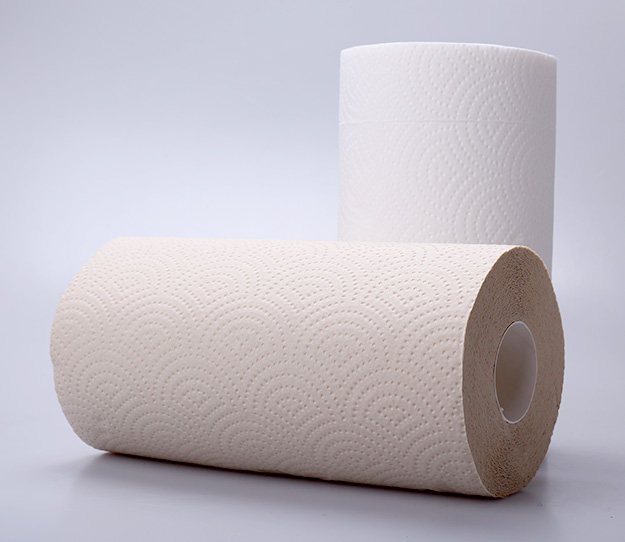
Future Outlook of Absorbency in Bamboo Kitchen Towels
The future of absorbency in bamboo kitchen towels will be shaped by ongoing advancements in material science, manufacturing techniques and consumer expectations.
Emerging Fiber Technologies
In the near future the integration of cutting-edge fiber technology is anticipated to increase the natural absorbency of bamboo even more. Researchers are studying bio-engineered bamboo fibers that have modified capillary structures that can increase the absorption of liquid and retain it. These fibers with enhanced structure could offer greater absorption while remaining soft and biodegradable, setting a new benchmark for the performance of kitchen towels that are reusable.
Smart Textile Integration
Although still in the early stages of conceptualization, the introduction of smart textiles may revolutionize the way absorbent towels work. Bamboo towels of the future may have water-sensitive colors or weave patterns that alter based on the type and volume of liquid. These new technologies will not just enhance usability, but could also help users control the amount of towel they use and cleaning needs more effectively.
Eco-Coating Developments
The hydrophilic coatings of plants are likely to improve with improved water affinity without impacting the compostability of the towel. The next-generation coatings could be used during the processing of fiber to achieve more long-lasting outcomes. In addition, advances in anti-bacterial, anti odor, and quick-drying coatings can improve the performance of towels in the kitchen, where hygiene is a top priority.
Modular and Multi-Layer Towel Designs
Innovations in design will likely concentrate on creating bamboo paper towel that is multi-layer, modular and specifically designed for kitchen use. They may include dual-surface towels that have one surface optimized for water absorption and the other designed for handling grease or oil. The ability to do this will increase efficiency, eliminate the requirement for multiple cleaning tools and extend the use of bamboo towel beyond simple wiping tasks.
Greater Customization and Consumer Choice
As technology for production improves companies may soon provide customized bamboo kitchen paper towels that have different absorbency levels as well as thicknesses and texture. Consumers will be able to choose products based on intended use–whether for quick drying, deep cleaning, or heavy liquid absorption–mirroring the personalization trend seen in other home care products.
Scaling Sustainable Manufacturing
The trend towards sustainable production will spur producers to invent both the methods of sourcing materials and processing. Closed-loop methods to extract bamboo fibre as well as dyeing techniques that are water-conserving could be the norm, which will help improve absorbency and less impact on the environment.
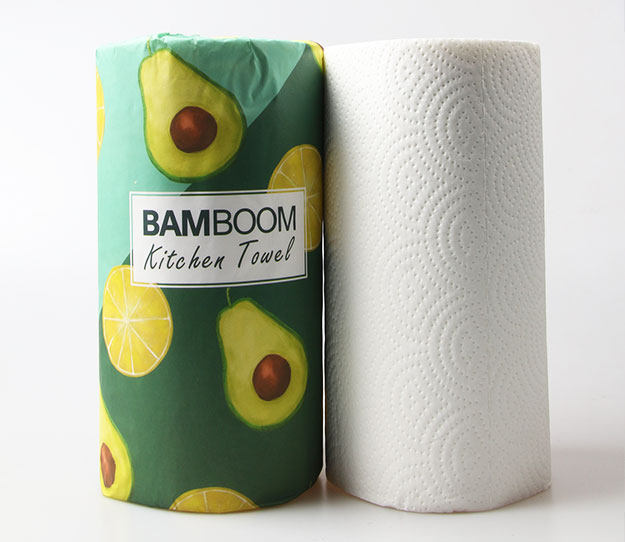
Summary
Absorbency innovations in bamboo kitchen towels reflect a significant shift toward high-performance, sustainable household products. Through combining nature’s capabilities with modern textile engineering, bamboo kitchen towels are more than only a green alternative and they are rapidly becoming the preferred option for functionality and environmental responsibility.

